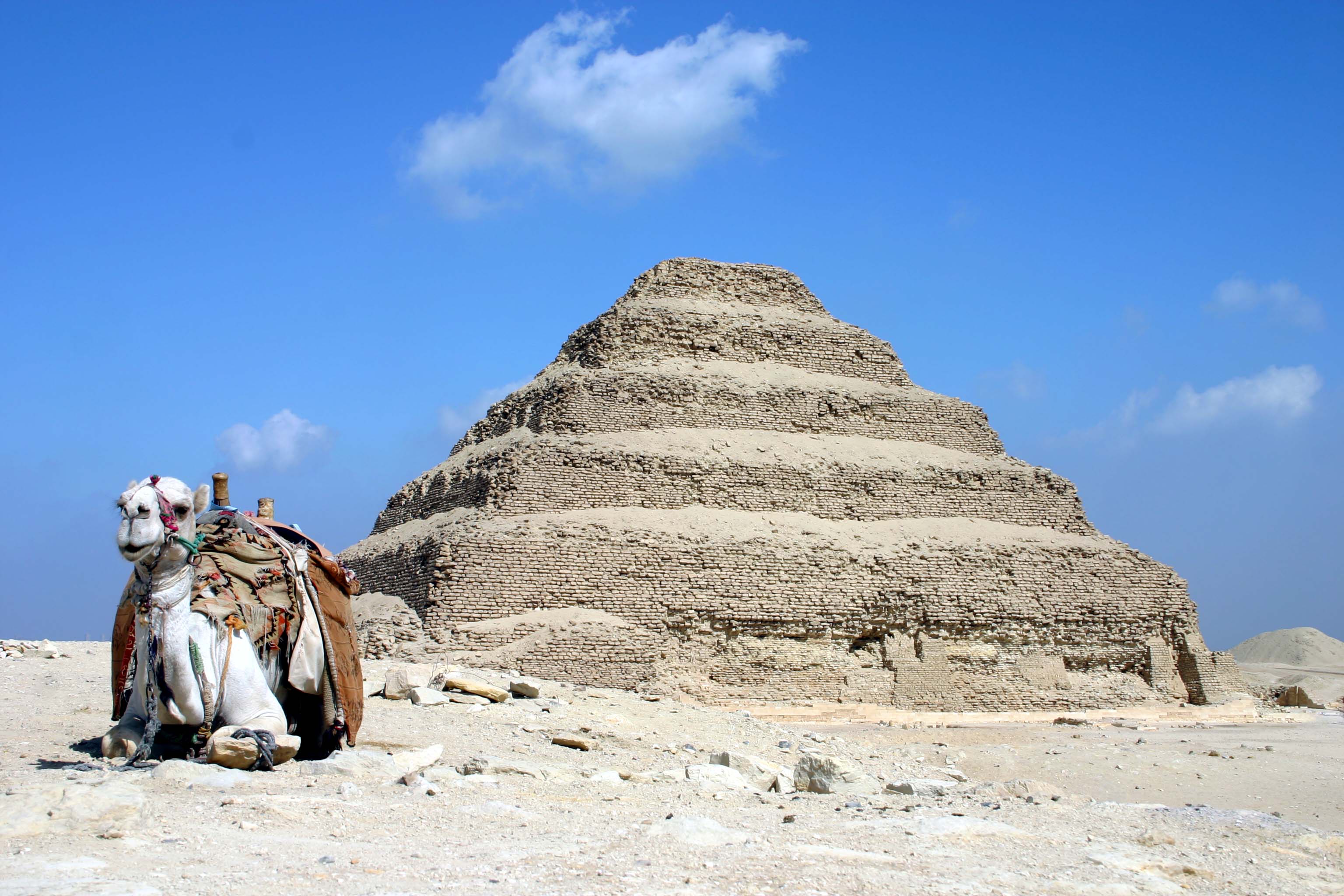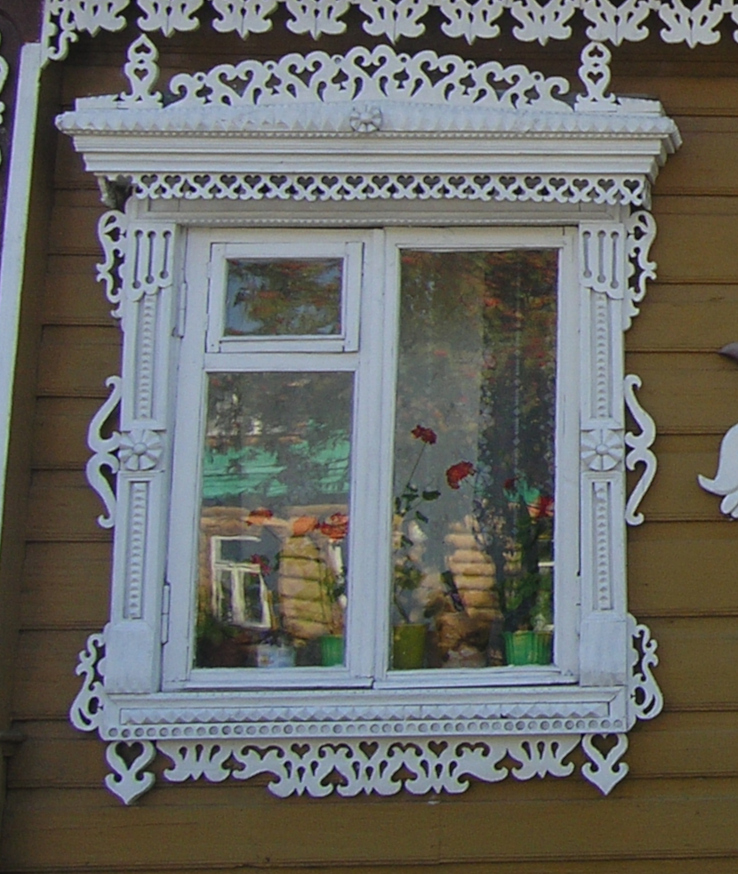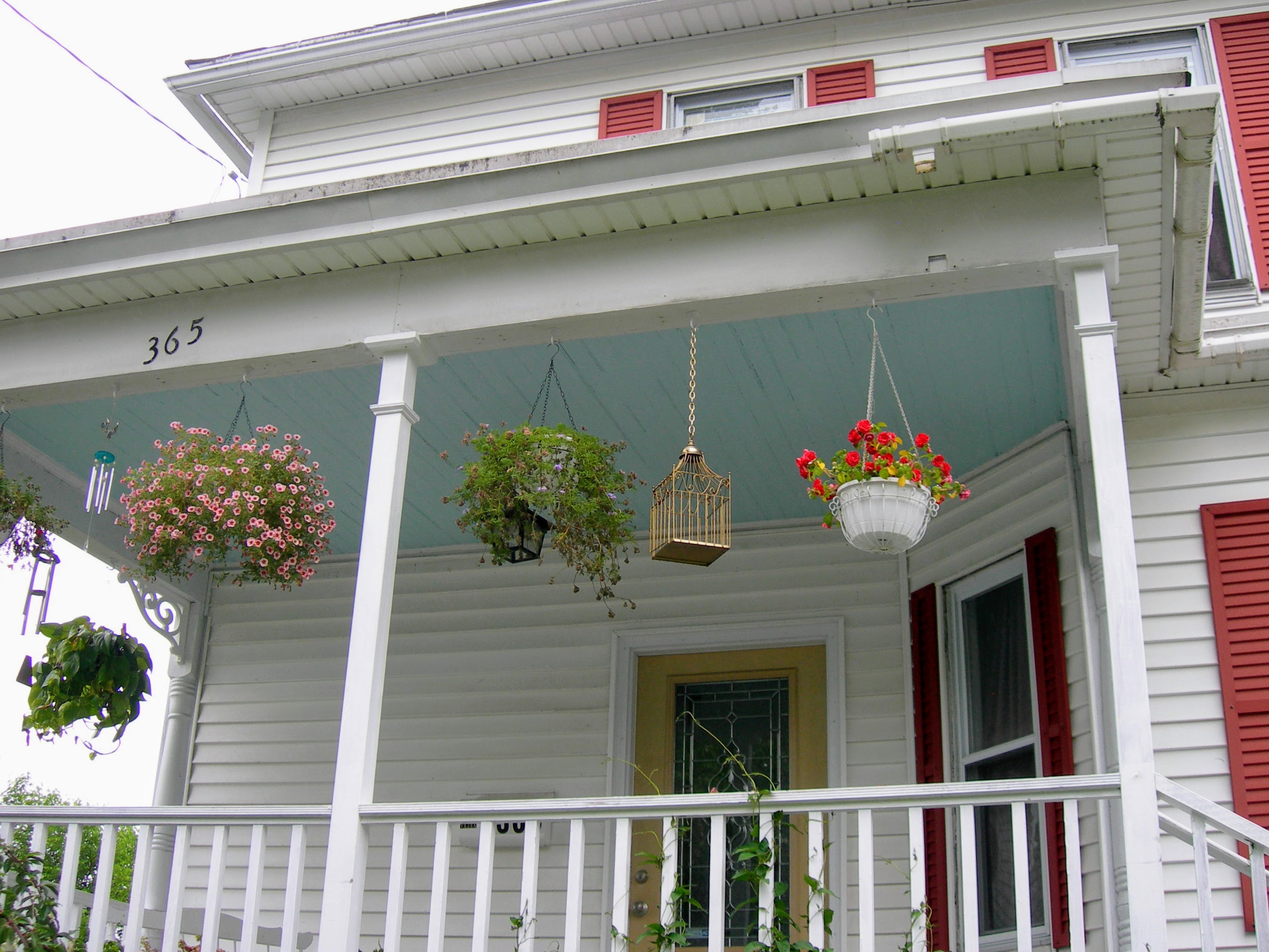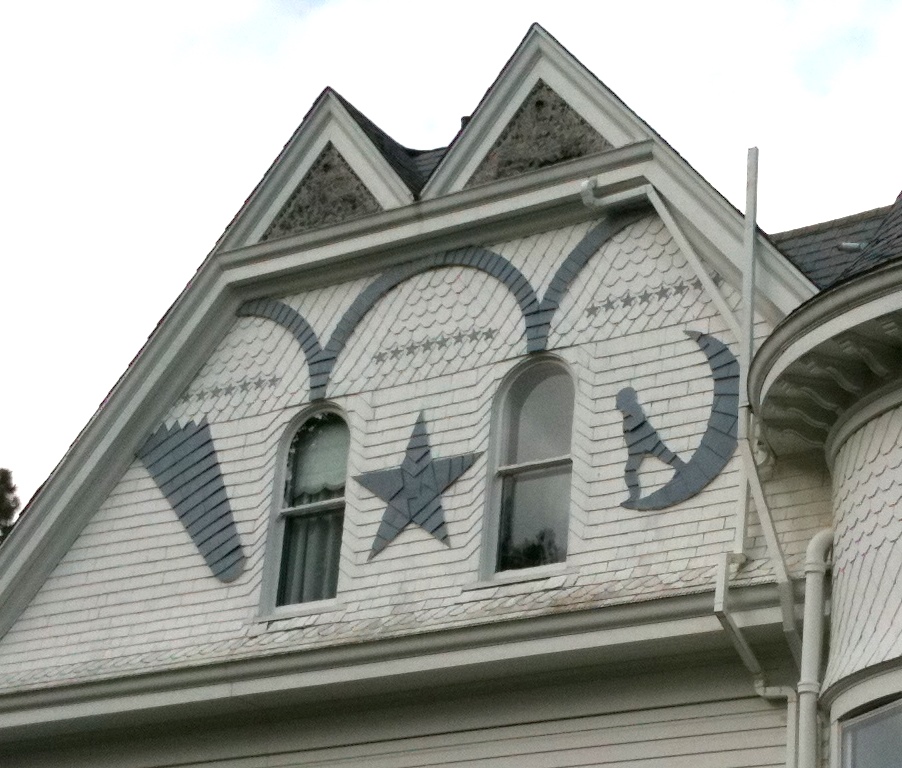|
Witch Window
In American vernacular architecture, a witch window (also known as a Vermont window, among other names) is a window (usually a double-hung sash window, occasionally a single-sided casement window) placed in the gable-end wall of a houseGeorge Nash, '' Renovating Old Houses: Bringing New Life to Vintage Homes''. The Taunton Press, Newtown, Connecticut, 2003, p. 8. and rotated approximately 1/8 of a turn (45 degrees) from the vertical, leaving it diagonal, with its long edge parallel to the roof slope.Howard Frank Mosher, A Stranger in the Kingdom'', Houghton Mifflin Co., New York, 1989 (republished 2002), p. 46. This technique allows a builder to fit a full-sized window into the long, narrow wall space between two adjacent roof lines, where a window would not otherwise fit. Witch windows are found almost exclusively in or near the U.S. state of Vermont, generally in the central and northern parts of the state.Justin Falango,Architectural Details: New England", Dover, Kohl & Partne ... [...More Info...] [...Related Items...] OR: [Wikipedia] [Google] [Baidu] |
Vermont Public Radio
Vermont Public Co. is the public broadcaster serving the U.S. state of Vermont. Its headquarters, newsroom, and radio studios are located in Colchester, with television studios in Winooski. It operates two statewide radio services aligned with NPR, offering news and classical music, and the state's PBS service. It was formed by the 2021 merger of what had been previously separate organizations, Vermont Public Radio and Vermont Public Television, which were both renamed Vermont Public in 2022. The services were separate organizations prior to 2021. The first to be founded was Vermont Educational Television (Vermont ETV), originally a service of the University of Vermont, in 1967; the network's four main transmitters were completed in March 1968. Originally mostly funded by the state of Vermont, Vermont ETV began fundraising in the community and developed a substantial audience in the Canadian province of Quebec, which has historically accounted for a significant portion of vi ... [...More Info...] [...Related Items...] OR: [Wikipedia] [Google] [Baidu] |
Vernacular Architecture In Vermont
Vernacular is the ordinary, informal, spoken form of language, particularly when perceived as having lower social status or less prestige than standard language, which is more codified, institutionally promoted, literary, or formal. More narrowly, a particular language variety that does not hold a widespread high-status perception, and sometimes even carries social stigma, is also called a vernacular, vernacular dialect, nonstandard dialect, etc. and is typically its speakers' native variety. Regardless of any such stigma, all nonstandard dialects are full-fledged varieties of language with their own consistent grammatical structure, sound system, body of vocabulary, etc. Overview Like any native language variety, a vernacular has an internally coherent system of grammar. It may be associated with a particular set of vocabulary, and spoken using a variety of accents, styles, and registers. As American linguist John McWhorter describes about a number of dialects spoken in t ... [...More Info...] [...Related Items...] OR: [Wikipedia] [Google] [Baidu] |
Windows
Windows is a Product lining, product line of Proprietary software, proprietary graphical user interface, graphical operating systems developed and marketed by Microsoft. It is grouped into families and subfamilies that cater to particular sectors of the computing industry – Windows (unqualified) for a consumer or corporate workstation, Windows Server for a Server (computing), server and Windows IoT for an embedded system. Windows is sold as either a consumer retail product or licensed to Original equipment manufacturer, third-party hardware manufacturers who sell products Software bundles, bundled with Windows. The first version of Windows, Windows 1.0, was released on November 20, 1985, as a graphical operating system shell for MS-DOS in response to the growing interest in graphical user interfaces (GUIs). The name "Windows" is a reference to the windowing system in GUIs. The 1990 release of Windows 3.0 catapulted its market success and led to various other product families ... [...More Info...] [...Related Items...] OR: [Wikipedia] [Google] [Baidu] |
Architectural Elements
:''The following Outline (list), outline is an overview and topical guide to architecture:'' Architecture – the process and the product of designing and constructing buildings. Architectural works with a certain indefinable combination of design quality and external circumstances may become cultural symbols and / or be considered works of art. What type of thing is architecture? Architecture can be described as all of the following: * Academic discipline – focused study in one academic field or profession. A discipline incorporates expertise, people, projects, communities, challenges, studies, inquiry, and research areas that are strongly associated with the given discipline. * Buildings – buildings and similar structures, the product of architecture, are referred to as architecture. * One of the arts – as an art form, architecture is an outlet of human expression, that is usually influenced by culture and which in turn helps to change culture. Archit ... [...More Info...] [...Related Items...] OR: [Wikipedia] [Google] [Baidu] |
Vernacular Architecture
Vernacular architecture (also folk architecture) is building done outside any academic tradition, and without professional guidance. It is not a particular architectural movement or style but rather a broad category, encompassing a wide range and variety of building types; with differing methods of construction from around the world, including historical and extant and classical and modern. Vernacular architecture constitutes 95% of the world's built environment, as estimated in 1995 by Amos Rapoport, as measured against the small percentage of new buildings every year designed by architects and built by engineers. Vernacular architecture usually serves immediate, local needs, is constrained by the materials available in its particular region, and reflects local traditions and cultural practices. The study of vernacular architecture does not examine formally schooled architects, but instead that of the design skills and tradition of local builders, who were rarely given any att ... [...More Info...] [...Related Items...] OR: [Wikipedia] [Google] [Baidu] |
Fortochka
A fortochka ( rus, фо́рточка, p=ˈfortətɕkə, a=Ru-форточка.ogg) is a small ventilation window generally not greater than 35x45 cm. It usually spans the frame of one window pane and opens on hinges independently of the whole window. Fortochkas are in common use in Russia, other post-Soviet states (, ), and Finland (). A fortochka can be used for ventilation during cold winters, when opening a whole window would be impractical for heat conservation purposes. The window was designed by Italian architect Francesco Bartolomeo Rastrelli for the Winter Palace in St. Petersburg in 1754. Cultural significance The true origin of the word appears lost, but its nearest relative appears to be the German , for "gate" or "gap". Someone referred to as a "fortochnik" is a criminal specializing in the challenging art of sneaking into and out of a fortochka. In the realm of dream interpretation, fortochkas have at least four roles – a broken one indicates a wasted effort; a d ... [...More Info...] [...Related Items...] OR: [Wikipedia] [Google] [Baidu] |
Witches' Stones
Witches's stones (in Jèrriais: ''pièrres dé chorchièrs'') are flat stones jutting from chimneys in the islands of Jersey and Guernsey. According to folklores in the Channel Islands, these small ledges were used by witches to rest on as they fly to their sabbats. Householders would provide these platforms to appease witches and avoid their ill favors. Traditional vernacular architecture in Jersey is in granite and such witches' stones can be seen protruding from many older houses. The real origin of this architectural feature is to protect thatched roofs from seeping water running down the sides of the chimney stack. Thatched roofs being thicker than tiled roofs, the jutting stones would sit snugly on the thatch – as can be seen on the few remaining thatched roofs in Jersey. When thatch began to be generally replaced by pantiles in the 18th century, and later by slates, the witches' stones were left protruding prominently from the chimney stack. This either gave rise to the ... [...More Info...] [...Related Items...] OR: [Wikipedia] [Google] [Baidu] |
Haint Blue
Haint blue is a collection of pale shades of blue-green that are traditionally used to paint porch ceilings in the Southern United States. The tradition originated with the Gullah in Georgia and South Carolina. The ceiling of the slave quarters at the Owens–Thomas House in Savannah, Georgia, built in the early 19th century, was painted haint blue. The pigment was derived from crushed indigo plants. Indigo was a common source for haint blue prior to the American Revolution, when indigo was a common crop for plantations in the American South, but the tradition survived well after the decline in indigo dye cultivation. Etymology The word ''haint'' is an alternative spelling of ''haunt'', which was historically used in African-American vernacular to refer to a ghost or, in the Hoodoo belief, a witch-like creature seeking to chase victims to their death by exhaustion. Cultural significance and modern usage Gullah culture Originally, haint blue was thought by the Gullah t ... [...More Info...] [...Related Items...] OR: [Wikipedia] [Google] [Baidu] |
South Burlington, Vermont
South Burlington is a city in Chittenden County, Vermont, United States. Along with neighboring Burlington, it is a principal city of the Burlington metropolitan area. As of the 2020 U.S. census, the population was 20,292, making it the second-most populous city in Vermont after Burlington. It is home to the headquarters of Ben & Jerry's and the state of Vermont's largest mall, the University Mall. History The area of South Burlington was first granted by the Province of New Hampshire as part of Burlington township on June 7, 1763. The Town of Burlington was organized ''circa'' 1785. In 1865, the unincorporated village of Burlington was chartered as a city. The remaining area of the town of Burlington was incorporated by charter of the State of Vermont as a separate town with the name South Burlington in the same year, 1865. The Town of South Burlington was later incorporated as a city in 1971, becoming the City of South Burlington. City Center Initiative The City Cent ... [...More Info...] [...Related Items...] OR: [Wikipedia] [Google] [Baidu] |
Clapboard (architecture)
Clapboard (), also called bevel siding, lap siding, and weatherboard, with regional variation in the definition of those terms, is wooden siding of a building in the form of horizontal boards, often overlapping. ''Clapboard'', in modern American usage, is a word for long, thin boards used to cover walls and (formerly) roofs of buildings. Historically, it has also been called ''clawboard'' and ''cloboard''. In the United Kingdom, Australia and New Zealand, the term ''weatherboard'' is always used. An older meaning of "clapboard" is small split pieces of oak imported from Germany for use as barrel staves, and the name is a partial translation (from , "to fit") of Middle Dutch and related to German . Types Riven Clapboards were originally riven radially by hand producing triangular or "feather-edged" sections, attached thin side up and overlapped thick over thin to shed water. [...More Info...] [...Related Items...] OR: [Wikipedia] [Google] [Baidu] |
Siding (construction)
Siding or wall cladding is the protective material attached to the exterior side of a wall of a house or other building. Along with the roof, it forms the first line of defense against the elements, most importantly sun, rain/snow, heat and cold, thus creating a stable, more comfortable environment on the interior side. The siding material and style also can enhance or detract from the building's beauty. There is a wide and expanding variety of materials to side with, both natural and artificial, each with its own benefits and drawbacks. Masonry walls as such do not require siding, but any wall can be sided. Walls that are internally framed, whether with wood, or steel I-beams, however, must always be sided. Most siding consists of pieces of weather-resistant material that are smaller than the wall they cover, to allow for expansion and contraction of the materials due to moisture and temperature changes. There are various styles of joining the pieces, from board and batton, wher ... [...More Info...] [...Related Items...] OR: [Wikipedia] [Google] [Baidu] |







